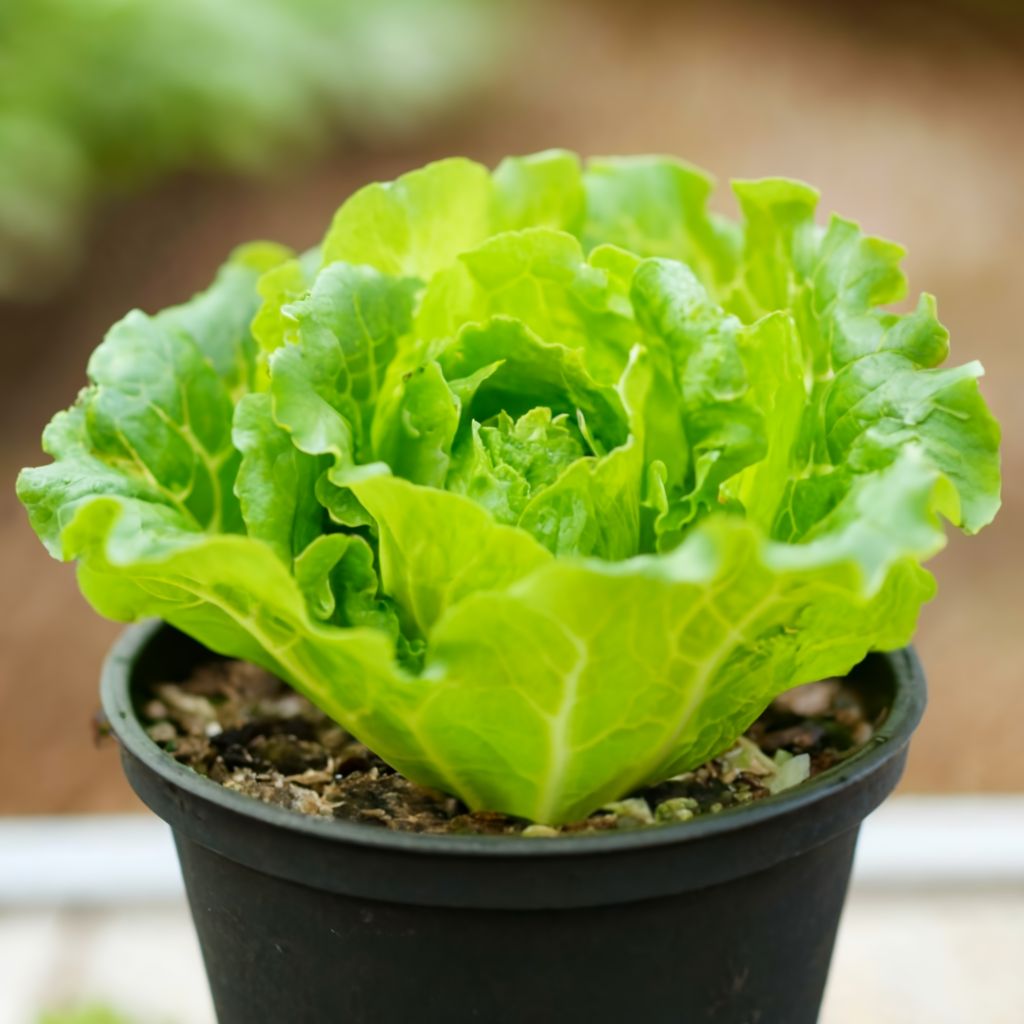
Container gardening has become increasingly popular, allowing individuals with limited space or access to a garden to grow their own vegetables. However, one crucial aspect of successful container gardening is knowing when to plant specific vegetables. Timing plays a significant role in the growth and productivity of plants. In this comprehensive guide, we will explore the optimal planting times for various vegetables in containers, ensuring that you have a bountiful harvest throughout the year.
The Benefits of Planting Vegetables in Containers
- Containers offer flexibility and portability, allowing you to move plants to the ideal location.
- They provide better control over soil quality, drainage, and nutrient levels.
- Container gardening is ideal for small spaces, urban dwellers, and those with limited ground access.
Understanding Container Growth and Limitations
- Containers have smaller root zones, which means plants grow more slowly and require more frequent watering.
- The soil in containers warms up faster in spring, allowing for earlier planting.
- However, containers also cool down faster in fall, necessitating earlier harvesting.
When To Plant Certain Vegetables In Containers
Leafy Greens
- Lettuce:
Lettuce is a cool-season crop that thrives in cooler temperatures. Plant it in early spring when the soil temperature reaches around 40°F (4°C). For a continuous harvest, sow seeds every two weeks until late spring. If you want to extend the growing season, you can also plant lettuce in late summer for a fall harvest. - Spinach:
Similar to lettuce, spinach prefers cooler temperatures. Plant spinach seeds in early spring when the soil can be worked. It can tolerate light frost but doesn’t do well in hot summers. Sow seeds every two weeks for a steady supply of fresh spinach leaves. - Swiss Chard:
Swiss chard is a versatile leafy green that can be grown throughout the year. Plant the seeds in early spring or late summer for the best results. It can tolerate some frost and is relatively heat-tolerant, making it an excellent choice for container gardening.
Root Vegetables
- Carrots:
Carrots can be grown in containers, but they require deep pots to accommodate their long taproots. Plant carrot seeds in early spring or late summer. Aim for a soil temperature of around 50°F (10°C) for optimal germination. Thin out the seedlings to ensure proper spacing for the roots to develop. - Radishes:
Radishes are quick-growing root vegetables that are well-suited for container gardening. Sow radish seeds in early spring or late summer. They prefer cooler temperatures and can be harvested within a month of planting. - Beets:
Beets are another root vegetable that can be successfully grown in containers. Plant beet seeds in early spring or late summer. They prefer cooler temperatures but can tolerate some heat. Harvest the beets when they reach the desired size, usually around 1 to 2 inches in diameter.
Tomatoes and Peppers
- Tomatoes:
Tomatoes are a popular choice for container gardening. Start tomato seeds indoors 6 to 8 weeks before the last expected frost date. Transplant the seedlings into containers once the danger of frost has passed and the soil temperature reaches at least 60°F (15°C). Provide support for the plants as they grow, such as stakes or cages. - Peppers:
Peppers, both sweet and hot varieties, can be successfully grown in containers. Start pepper seeds indoors 8 to 10 weeks before the last expected frost date. Transplant the seedlings into containers once the danger of frost has passed and the soil temperature reaches around 65°F (18°C). Provide support for the plants as they grow.
Climbing Vegetables
- Cucumbers:
Cucumbers are vigorous climbers that require trellises or cages for support. Start cucumber seeds indoors 3 to 4 weeks before the last expected frost date. Transplant the seedlings into containers once the danger of frost has passed and the soil temperature reaches around 60°F (15°C). Ensure the containers are large enough to accommodate the sprawling vines. - Beans:
Beans, whether bush or pole varieties, can be grown in containers. Start bean seeds directly in the containers once the danger of frost has passed and the soil temperature reaches around 60°F (15°C). Provide trellises or stakes for pole beans to climb. Harvest the beans when they are young and tender. - Peas:
Peas are cool-season vegetables that can be grown in containers. Start pea seeds directly in the containers as soon as the soil can be worked in early spring. They prefer cooler temperatures and can tolerate light frost. Provide support for the plants as they grow, such as trellises or netting.
